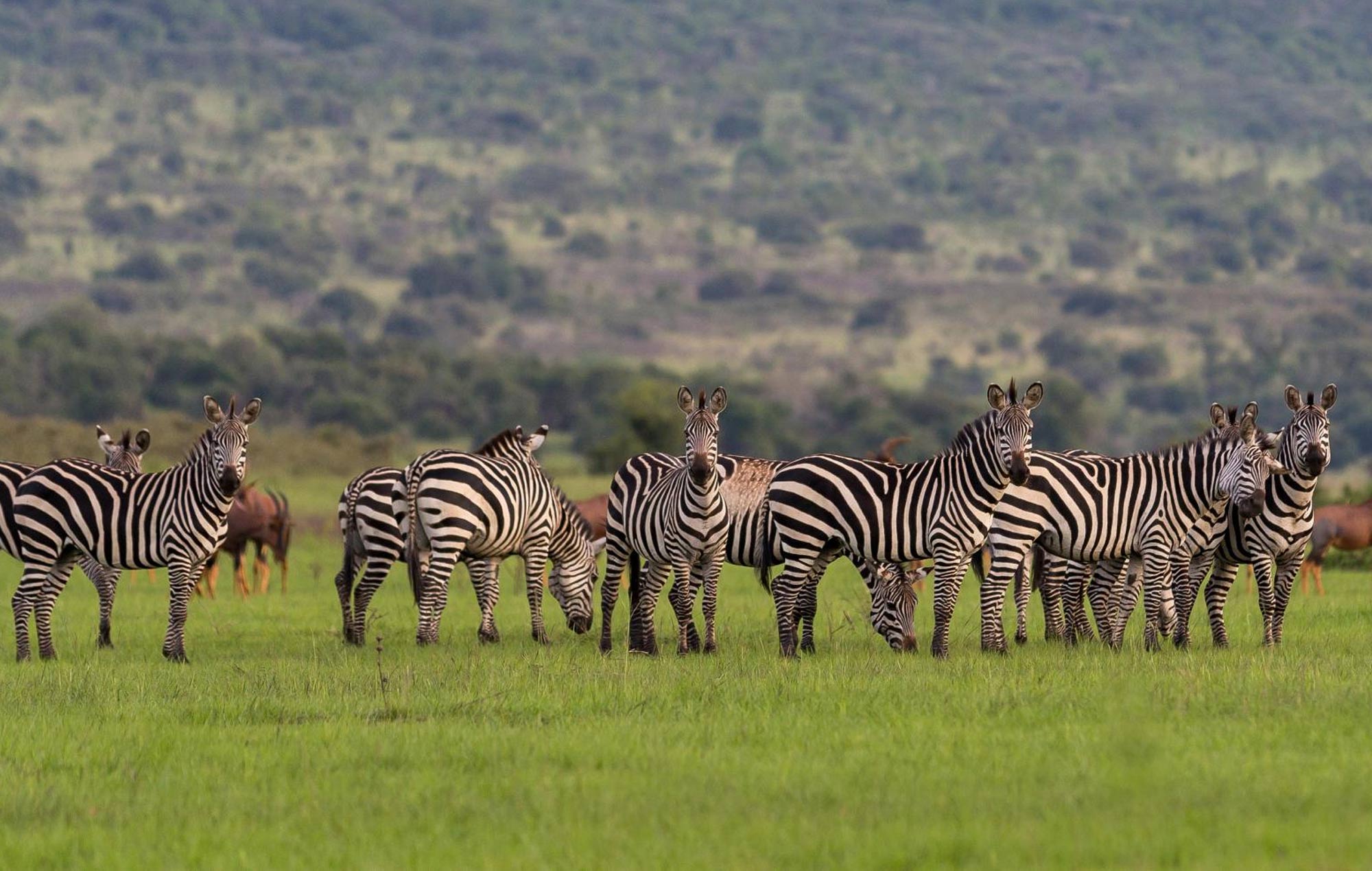Introduction
Nestled in the eastern reaches of Rwanda, Akagera National Park stands as a testament to the nation’s resilience and commitment to conservation. Once ravaged by conflict and ecological degradation, the park has undergone a remarkable transformation, emerging as a sanctuary for wildlife and a beacon of sustainable development. This article delves into Akagera’s journey from near collapse to a thriving ecosystem, highlighting the collaborative efforts that have restored its status as a premier wildlife destination.
A Park on the Brink
Established in 1934, Akagera National Park was once a haven for diverse wildlife, encompassing savannahs, wetlands, and woodlands. However, the aftermath of the 1994 genocide saw the park’s boundaries encroached upon, with returning refugees settling within its confines. Poaching surged, and key species like lions and rhinos vanished. By the early 2000s, Akagera had lost much of its biodiversity, and its future looked bleak.
A Collaborative Revival
In 2010, a pivotal partnership between the Rwanda Development Board and African Parks marked the beginning of Akagera’s revival. This collaboration aimed to restore the park’s ecological integrity while fostering community development. Key initiatives included:MRCSL+4African Parks+4Africa Geographic+4
- Reintroducing Wildlife: Lions were reintroduced in 2015 after a 20-year absence, and their population has since flourished. Eastern black rhinos returned in 2017, followed by the introduction of southern white rhinos in 2021. These efforts have reinstated the park’s status as home to the “Big Five.”
- Enhancing Security: A 120-kilometer solar-powered fence was erected to mitigate human-wildlife conflict, and anti-poaching measures were intensified, leading to a significant decline in illegal activities.
Community-Centric Conservation
Recognizing that sustainable conservation hinges on community support, Akagera has implemented programs to engage and benefit local populations:
- Revenue Sharing: A portion of tourism income is allocated to community projects, including schools, health centers, and infrastructure improvements.
- Employment Opportunities: The park has increased its staff from 59 in 2010 to over 300, with the majority hailing from nearby communities.
- Educational Initiatives: Programs like Eco-Clubs and environmental education sessions have reached thousands of students, fostering a new generation of conservationists.
Economic and Ecological Impact
The revitalization of Akagera has yielded significant benefits:
- Tourism Growth: Visitor numbers have surged, with revenue increasing by 900% over eight years.
- Biodiversity Recovery: Wildlife populations have rebounded, with the park now hosting approximately 12,000 animals, up from less than 5,000 in 2010.
- Community Development: Projects like the Gishanda Fish Farm have provided sustainable livelihoods, improved nutrition, and enhanced local economies.
Conclusion
Akagera National Park’s transformation underscores the power of collaborative conservation efforts. By intertwining ecological restoration with community empowerment, Rwanda has not only revived a critical ecosystem but also set a precedent for sustainable development. As Akagera continues to flourish, it serves as an inspiring model for conservation initiatives worldwide.

